Iranian Banknotes 1979–2025: History, Design & Security Guide
Published: November 4, 2025 — For collectors, dealers & historians
The Islamic Revolution of 1979 transformed Iran’s currency overnight. Banknotes bearing the Shah’s image were swiftly invalidated. What followed was a remarkable 46-year evolution—from emergency overprints to high-denomination “Iran Checks”—reflecting the nation’s political shifts, economic challenges, and numismatic innovation.
1. Post-Revolution Overprints (1979–1981)
In the immediate aftermath of the revolution, the Central Bank of Iran overprinted existing Pahlavi-era notes to erase royal symbols. The most iconic of these is the **100 Rials note**, where a bold **Arabesque design** was printed directly over the Shah’s portrait on the right side. Other notes received similar treatments: crossed-out crowns, “Allah-o-Akbar” slogans, or black bars obscuring imperial imagery.
These emergency issues are now highly collectible—not just for their rarity, but as tangible artifacts of a nation in transition.
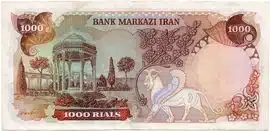
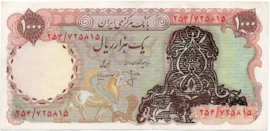
2. Iran-Iraq War & Early Islamic Republic (1980s)
Wartime austerity led to simplified designs featuring Ayatollah Khomeini, religious motifs, and national landmarks. Paper quality declined under sanctions, but inflation drove the introduction of higher denominations: 2,000 and 5,000 Rials notes became common.
3. Modern 10,000 Rial Banknote & Contemporary Design
By the 1990s and 2000s, Iranian banknotes embraced refined aesthetics and enhanced security. The 10,000 Rial note—featuring scholars like Al-Hasan ibn al-Haytham or cultural sites like Persepolis—exemplifies this era. Modern issues include:
- Intaglio (raised) printing for portraits and numerals
- Embedded security threads with microtext
- Watermarks visible under light
- UV-reactive fibers and patterns
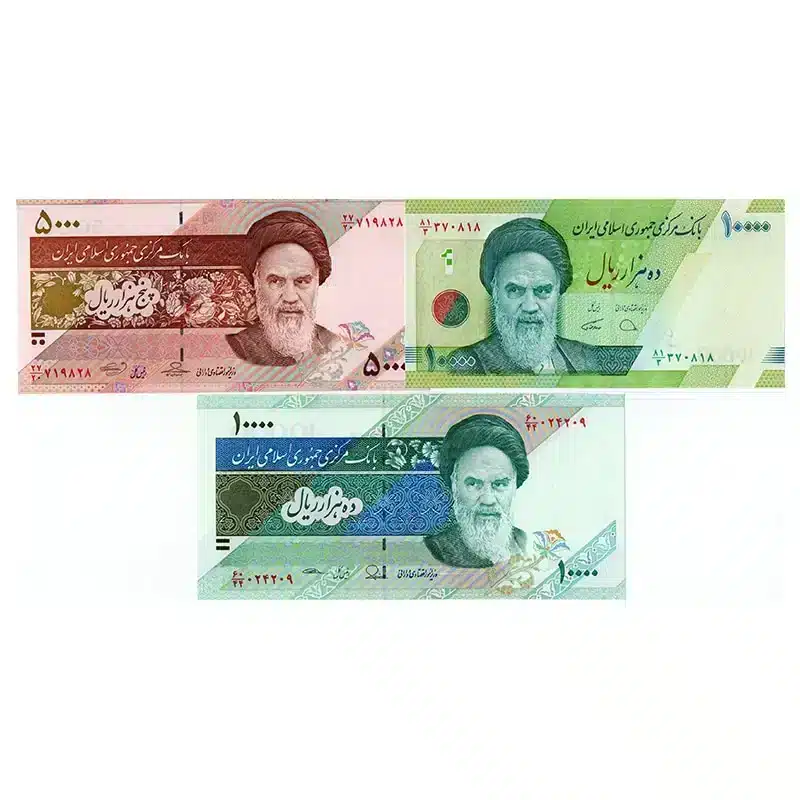
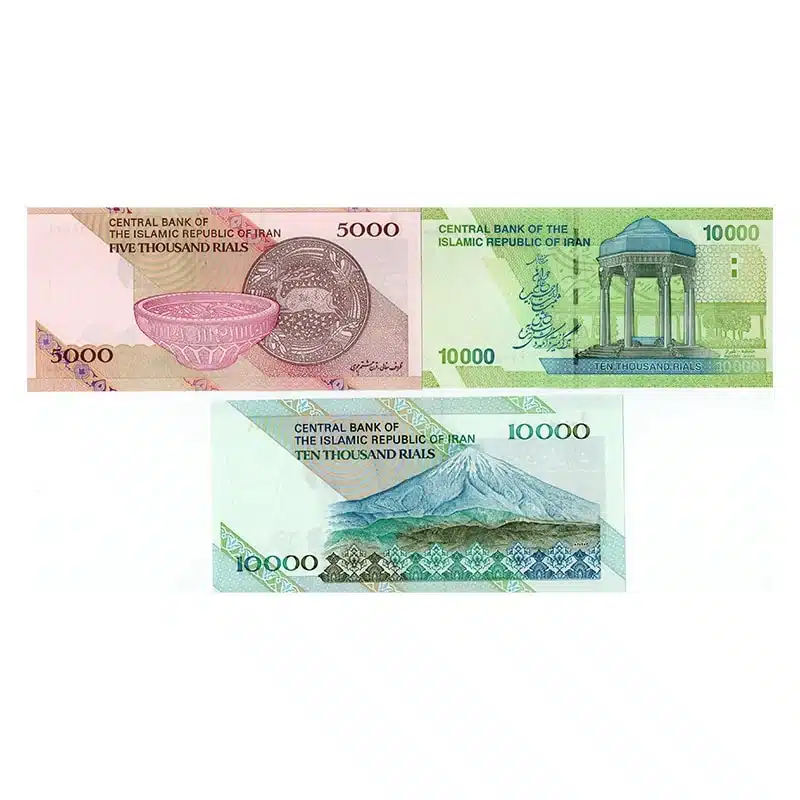
4. High-Denomination “Iran Checks” (2010–2025)
Soaring inflation led to the introduction of high-value “banknote-like” instruments, often called Iran Checks. Though technically promissory notes, they circulate as legal tender and are collected for their design and historical value:
- 500,000 Rial (50 Toman) – Multiple versions (blue, green, red); some with polymer elements
- 1,000,000 Rial (100 Toman) – Issued in various colors (purple, brown); features national heroes
- 2,000,000 Rial (200 Toman) – Two known versions (2022 and 2024), with enhanced security
- 5,000,000 Rial (500 Toman) – First issued in 2025; largest denomination to date, featuring advanced anti-counterfeit features
These notes often include **optically variable ink (OVI)**, **microprinting**, and **tactile relief**—making them among the most secure in the Middle East.
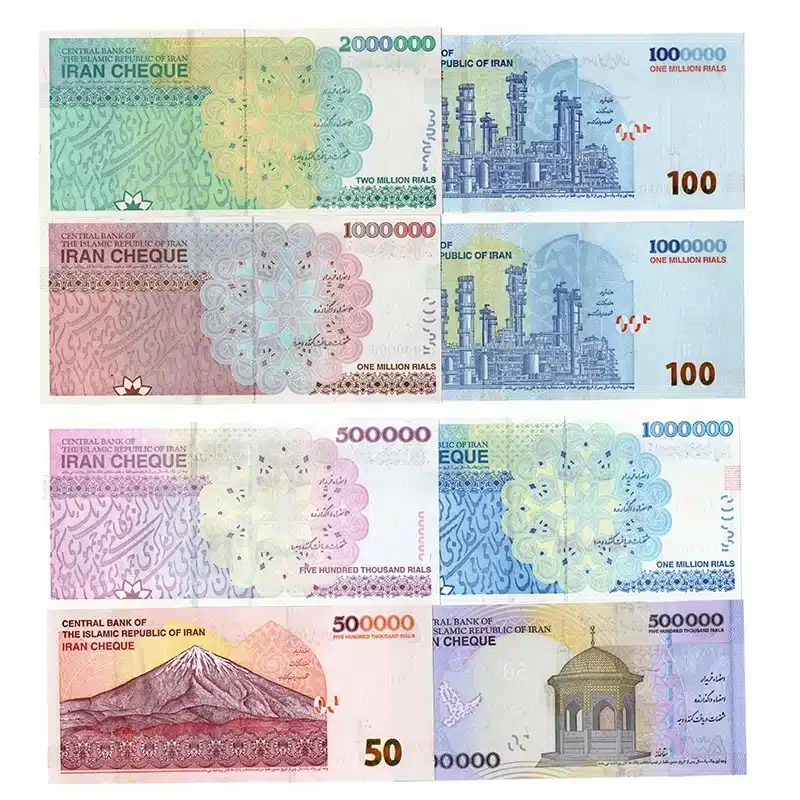
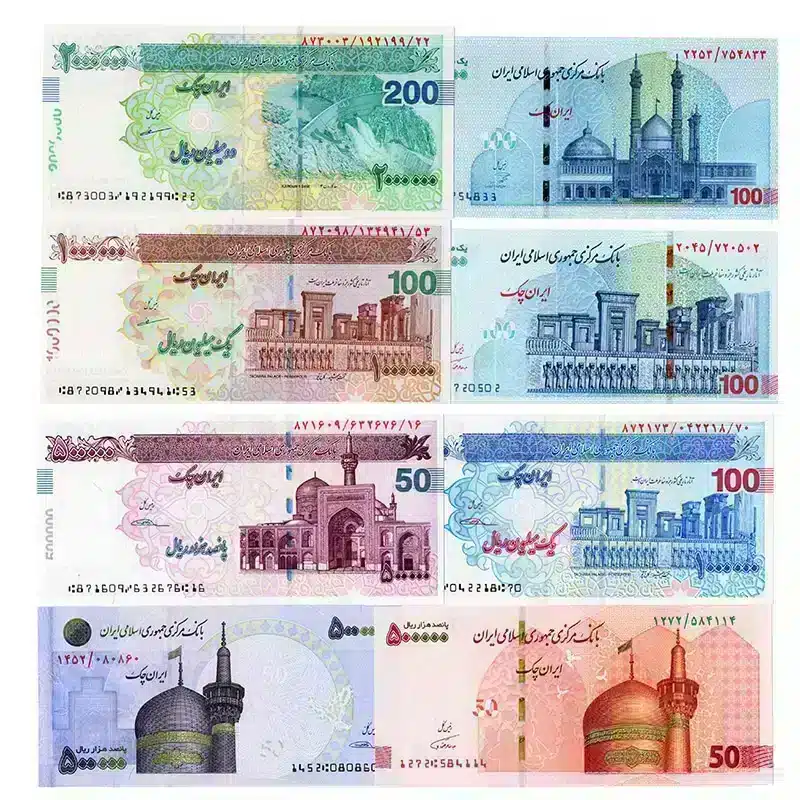
5. Tips for Collectors
- Prioritize **UNC (Uncirculated)** condition—especially for high-value notes
- Verify serial number formats and year codes; some series are rarer
- Use a **UV lamp and magnifier** to inspect security elements
- Avoid notes with creases, stains, or unnatural gloss
- Buy from **reputable dealers** with authenticity guarantees
Ready to explore authentic Iranian banknotes?
Shop Iranian Rial Banknotes